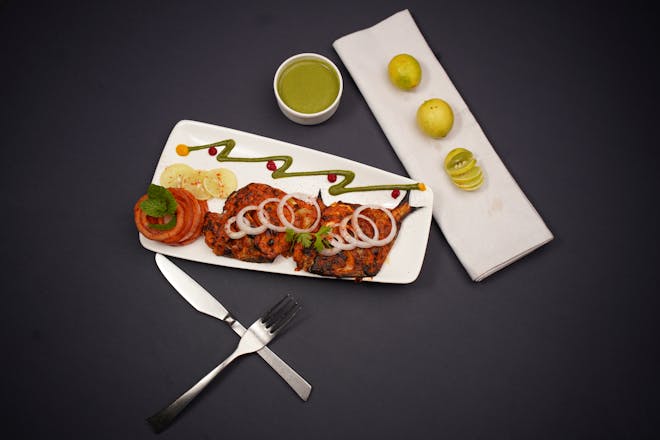Reverse Sear Meat: A Comprehensive Guide to Perfection
When it comes to cooking meat to perfection, the reverse sear method has become a favorite technique among culinary enthusiasts. This method involves a two-step process: first, slow-cooking the meat at a low temperature, and then finishing it off with a high-heat sear. The result is a piece of meat that’s perfectly cooked from edge to edge with a deliciously crisp exterior.
Understanding the Reverse Sear Technique
The reverse sear is a game-changer, particularly for thick-cut steaks and roasts. The name might imply a complex procedure, but it’s quite simple. Here’s what you need to know:
Start Low and Slow: Begin by seasoning your meat as desired and placing it in a low-temperature oven, typically around 200-275 degrees Fahrenheit. The goal here is to cook the meat evenly throughout without overcooking the outer layers.
Monitor the Temperature: Using a meat thermometer is crucial to monitor the internal temperature of the meat. For a medium-rare finish, you’ll want to remove the meat from the oven when it reaches approximately 10-15 degrees below your desired final temperature.
Finishing with a Sear
Once your meat is nearly at the perfect internal temperature, it’s time to sear:
Preheat the Pan: Heat a skillet or grill to high heat. You want it to be extremely hot to create that beautiful crust quickly without cooking the meat further.
Sear with Confidence: Place the meat in the pan and sear each side for a minute or two until a rich, brown crust forms. If your cut of meat has a fat cap, be sure to render it down by searing that side as well.
Rest and Serve: After searing, let your meat rest for a few minutes to allow the juices to redistribute. Then, slice, serve, and watch your guests marvel at the perfectly cooked meat.
Why Choose Reverse Sear?
The benefits of reversing the searing process are numerous:
Even Cooking: Traditional high-heat searing can often lead to a gradient of doneness, with the outer layers being more cooked than the center. Reverse searing eliminates this issue.
Enhanced Flavor: The slow cook time allows for a greater breakdown of fats and connective tissue, which not only tenderizes the meat but also enhances its flavor.
Better Crust Development: Finishing with a high-heat sear after the meat is nearly cooked through helps to create a superior crust without the risk of overcooking the interior.
Choosing the Right Cut for Reverse Sear
Not all cuts of meat are suitable for the reverse sear method. Here are the best options:
Thick-Cut Steaks: Ribeyes, New York strips, and filet mignons that are at least 1.5 inches thick are ideal for reverse searing.
Roasts: Larger cuts like prime rib or tenderloin benefit significantly from the even cooking of the reverse sear method.
Tools You’ll Need: A reliable oven, a meat thermometer, and a heavy skillet or grill are essential for executing the reverse sear method effectively.
By following this comprehensive guide to reverse sear meat, you’ll be well on your way to achieving restaurant-quality results in your own kitchen. Remember, patience is key – the low and slow approach will reward you with the most succulent and perfectly cooked meat you’ve ever tasted.
